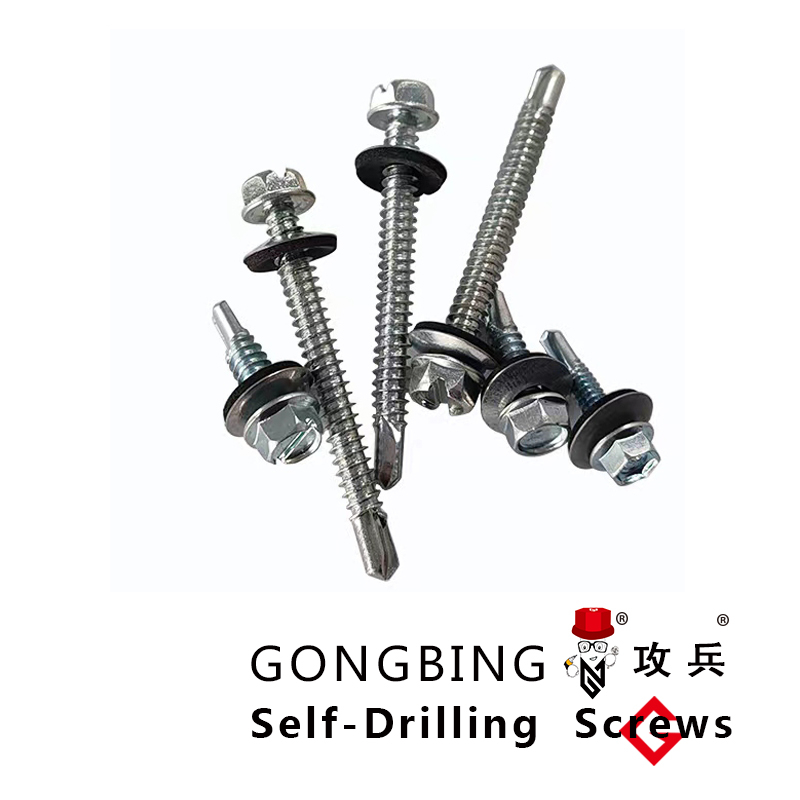Preparing for Structural Integrity in Steel Construction Projects
Bracing for Steel Structures An Essential Component for Stability and Safety
Steel structures are widely used in modern construction due to their strength, versatility, and relatively light weight. However, despite their numerous advantages, these structures are also susceptible to lateral forces, such as those produced by wind and earthquakes. To counteract these forces and ensure stability and safety, bracing is a pivotal aspect of steel structure design.
Bracing, in the context of structural engineering, refers to the use of diagonal members or elements to provide stiffness and resistance to lateral loads in a framework. This is particularly important in buildings, bridges, and towers, as lateral forces can lead to significant deformation and even catastrophic failure if not properly mitigated. The implementation of bracing systems mitigates these risks by enhancing the overall structural integrity.
Bracing for Steel Structures An Essential Component for Stability and Safety
Knee bracing, on the other hand, involves angled members that connect vertical columns to horizontal beams, forming a supportive framework that helps resist bending. This type of bracing is often used in structures where aesthetics are a concern, as it can be integrated in a way that complements the design without compromising structural integrity.
bracing for steel structures

Shear panels, consisting of rigid panels typically made of plywood, metal, or concrete, are also an effective bracing solution. By creating a diaphragm effect, these panels can absorb and transfer lateral loads, enhancing the overall stability of the structure. Shear walls are frequently employed in mid-rise and high-rise buildings, providing significant strength against wind and seismic forces.
The selection of a bracing system is influenced by various factors, including the height and usage of the structure, local building codes, and environmental considerations. For instance, in regions prone to earthquakes, engineers often prioritize bracing systems that account for both lateral and vertical loads to ensure safety during seismic events. Likewise, the aesthetic requirements of a project may lead engineers to choose more visually appealing bracing options that still fulfill structural performance criteria.
Modern advancements in technology have also impacted the design and implementation of bracing systems. Computational modeling and simulation allow engineers to predict how various bracing configurations will perform under different loading conditions, enabling more efficient and safer designs. Additionally, the use of high-strength materials and innovative construction techniques can enhance the effectiveness of bracing systems, allowing for taller and more dynamic structures.
In conclusion, bracing is an essential component in the design of steel structures, providing necessary support against lateral forces and ensuring safety and stability. By carefully considering the type of bracing system to be used, engineers can effectively address the challenges posed by environmental forces while also meeting aesthetic and functional requirements. As the field of structural engineering continues to evolve, the role of bracing will undoubtedly remain critical in the pursuit of safe and resilient infrastructure.
-
Weatherproof Plastic Expansion Anchors for OutdoorNewsJun.06,2025
-
Sustainability in the Supply Chain: Eco-Friendly TEK Screws ProductionNewsJun.06,2025
-
Load-Bearing Capacity of External Insulation FixingsNewsJun.06,2025
-
Double Head Bolts: Enhancing Efficiency in Industrial MachineryNewsJun.06,2025
-
Corrosion Resistance in Chipboard Screws: Coatings for Wholesale DurabilityNewsJun.06,2025
-
Butterfly Toggle Bolts : Enhancing Structural ResilienceNewsJun.06,2025
